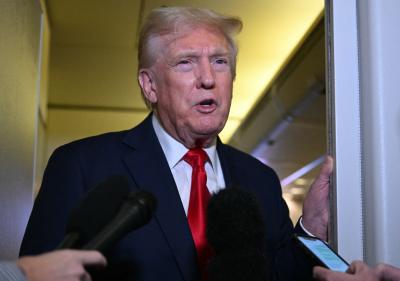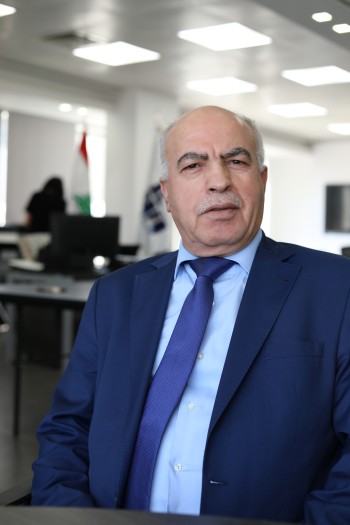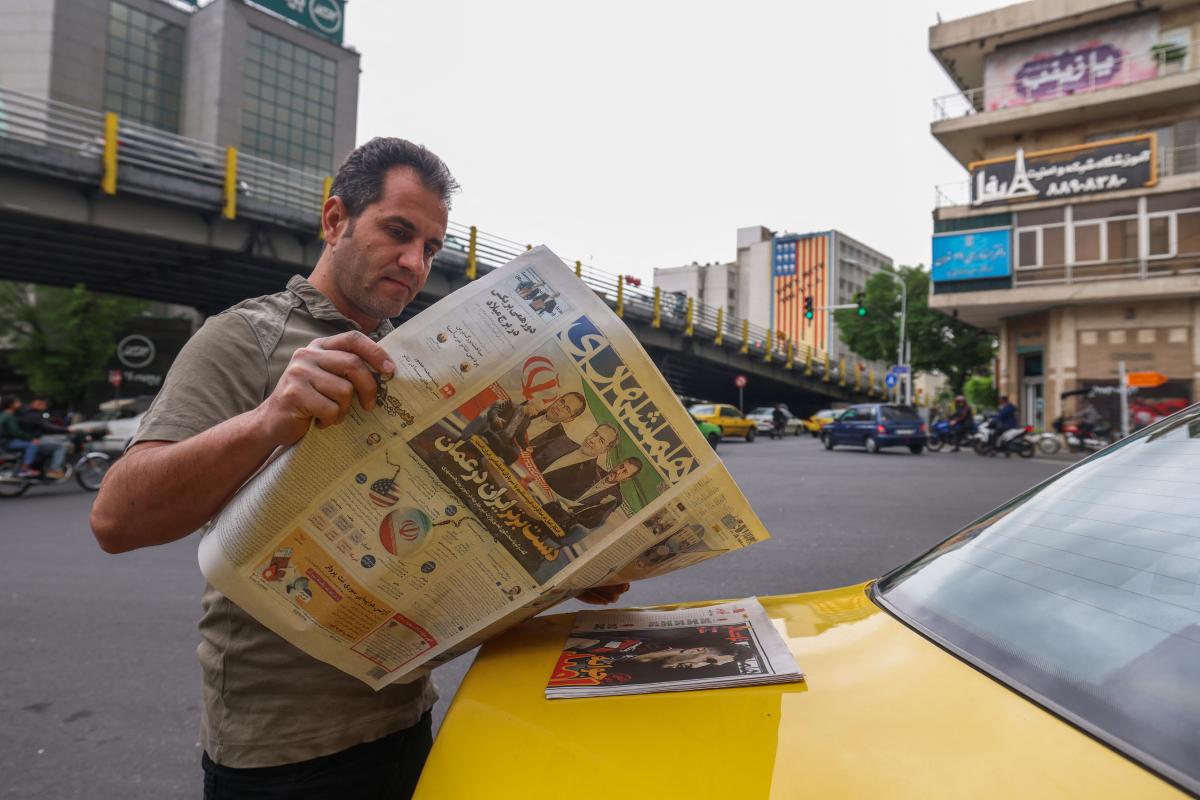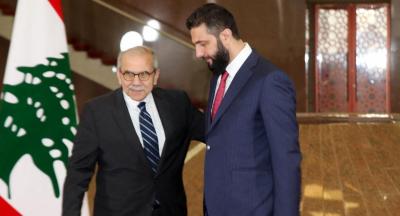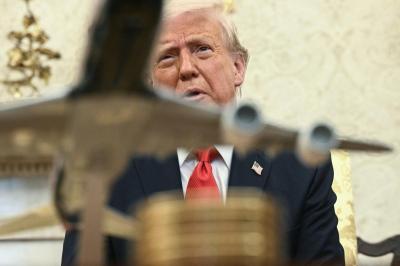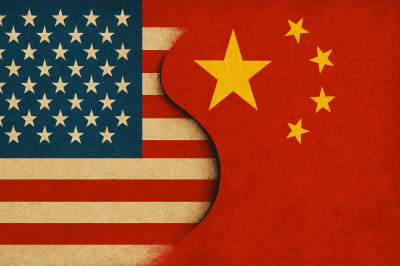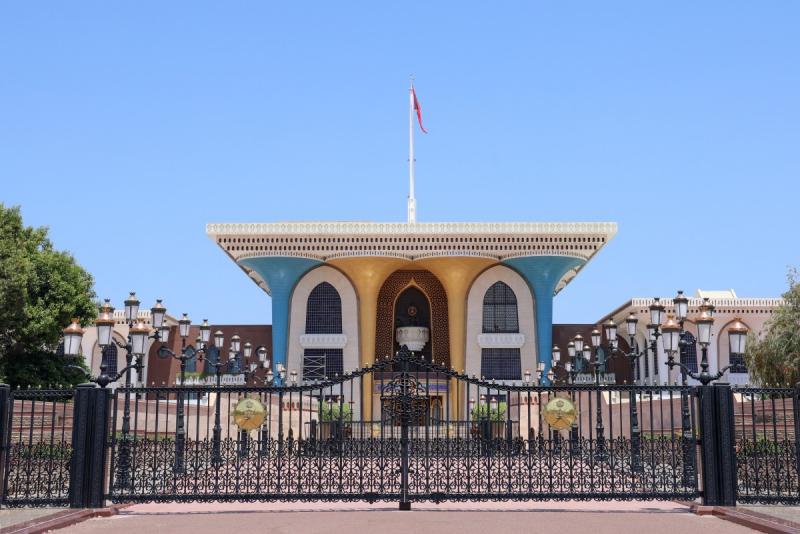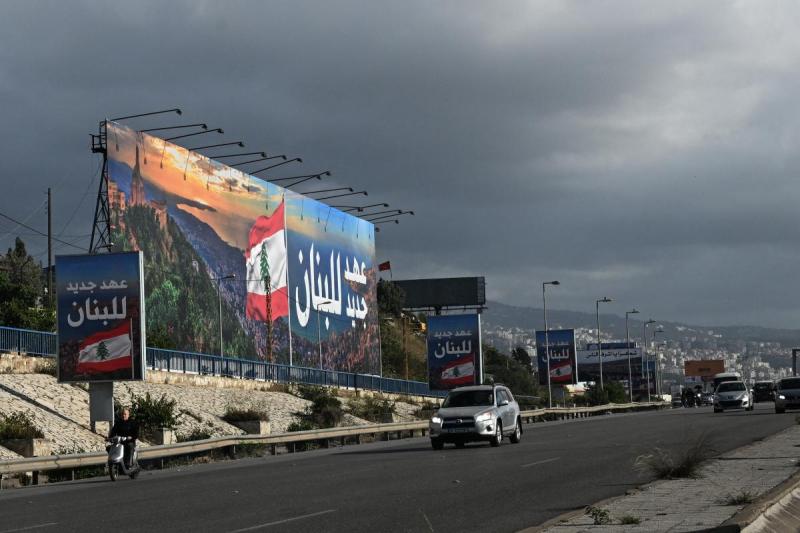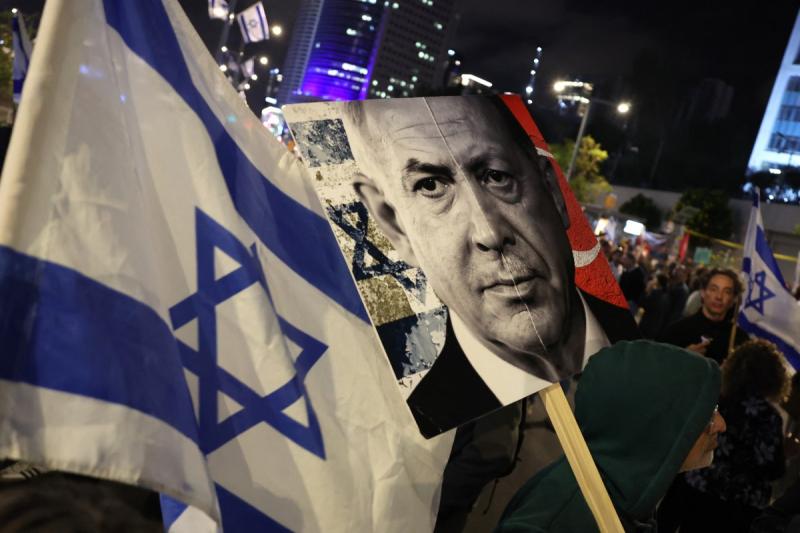From Beirut to Muscat, and everywhere in between, the region is holding its breath. All eyes are now on the unfolding U.S.-Iran negotiations—talks that may determine the political outcomes of the many wars waged between the Western and Iranian axes since the October 7 “Al-Aqsa Flood” operation.
According to diplomatic sources, the first round of talks in Muscat was “positive.” Both sides issued statements expressing willingness to continue negotiations—a sign that reaching a deal is in their mutual interest. The alternative, after all, would be costly for both. Only Israel appears to favor a confrontation, viewing Iran and its allies as an existential threat and seeing the current climate as a strategic opportunity to deliver a potentially decisive blow—especially after suffering painful strikes in Lebanon, Gaza, Syria, Yemen, and even within Iran itself.
Initial reports suggest that the talks focused around Iran’s nuclear program and the potential lifting of some U.S. and Western sanctions. It seems Tehran has made it clear that it will not address issues of regional influence or ballistic capabilities until an agreement on the nuclear file and sanctions relief is reached—particularly those affecting critical sectors and entities, such as oil exports. Iran views Washington's willingness to ease sanctions as a litmus test of good faith. Tehran would consider transitioning the talks into a direct bilateral track only after this step, focusing on other contentious topics.
For the U.S., the goal is clear: curtail Iran’s missile and aerospace capabilities, which Washington views as a direct threat to Israeli security and its own interests in the region. Although the U.S. believes Iran has no intent to militarize its nuclear program, it wants guarantees that its missile arsenal—seen as the main danger—will be restrained. This demand stems from Washington’s unwavering commitment to Israeli security, evidenced by its extensive support since October 7—a level of backing that Israeli leaders admit has been critical to their survival.
American negotiators believe Iran ultimately has no choice but to reach a deal. A military confrontation could destabilize the Islamic Republic itself, especially with Iran’s regional allies reeling from recent military blows and focused on internal recovery.
Yet Tehran, according to diplomats, insists that it is willing to sign a deal on nuclear inspections and monitoring—under international supervision—but it will not relinquish its strategic missile capabilities, which it sees as essential for defending its nuclear program and national sovereignty. Nor is it prepared to abandon its network of alliances across the region, though it may show limited flexibility—if absolutely necessary and without compromising its regional foothold.
To truly understand the context of the Muscat talks, one must look towards Moscow, where a four-hour meeting took place between Russian President Vladimir Putin and U.S. Middle East envoy Steven Witkoff just before the latter flew to Oman. Equally important are the recent Iranian consultations with both Russia and China, as Tehran gauges the level of support it can count on from its two key global allies.
Following the initial round, both the White House and the Iranian delegation voiced optimism. The White House called the talks “very positive and constructive,” while Witkoff told Iran’s lead negotiator, Foreign Minister Abbas Araghchi, that he carried a clear directive from President Donald Trump: resolve the dispute through dialogue, if possible. Araghchi, for his part, said that Tehran and Washington were “very close” to agreeing on a framework for future negotiations.
In a symbolic gesture signaling a shift toward more direct engagement, Araghchi and Witkoff held a brief one-on-one chat following the session, in the presence of Oman’s foreign minister.
In short, Muscat served as a testing ground for both sides’ intentions—and the results were encouraging enough to warrant a second round, already scheduled for the coming Saturday. These talks unfold amid rising regional tension, continued U.S. strikes against Yemen’s Houthis, and an ongoing—albeit slightly tempered—Israeli campaign against Iran’s top allies: Hezbollah in Lebanon and Hamas in Gaza.
Barring surprises, negotiations are expected to continue on a weekly basis in Oman or elsewhere. President Trump is pushing for swift outcomes, one way or the other. And while thunder rumbles over the Middle East, it seems the real rain will fall far away—in the South China Sea.
 French
French




